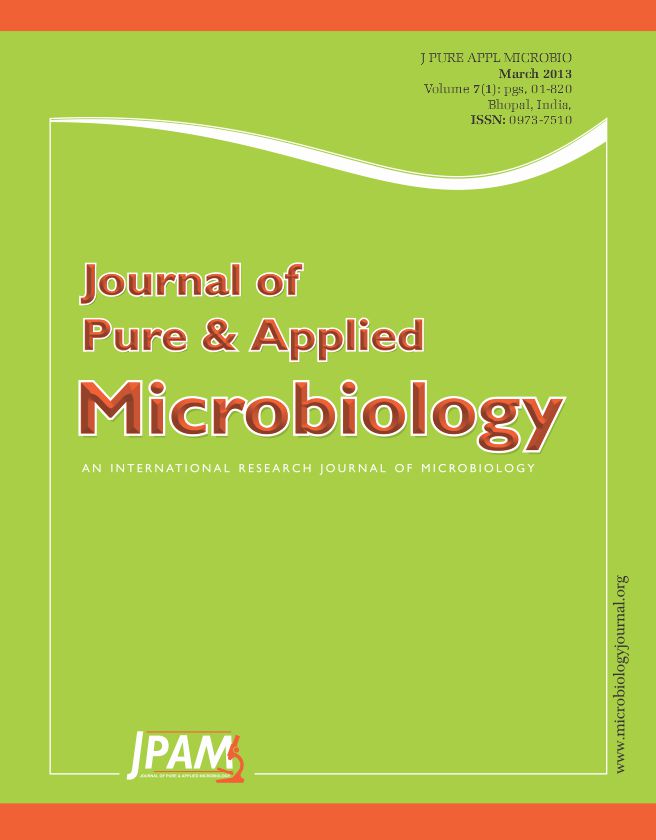Since Erwinia play in the causation of soft rot disease in potato and spoilage of agricultural crops especially those with meat tissues, in their areas of outbreak, we sought to investigate the significant effect of some antibiotics and garlic powder (GP) on standard and locally isolated Erwinia. Diseased samples of three brand potato tubers: Hermes, Lady Rosetta and Carege were collected. Erwinia were isolated from soft rotted potato samples by using potato dextrose agar (PDA), tryptic soya agar (TSA), nutrient agar (NA) and crystal violet pectate (C.V.P) and were anaerobically cultured by incubating on TAS, NA in (Gas pak Jar) and were characterized by using API- 20E (Biomerieux) and BiologSoft ware, Inc., Haward, CA, USA. For further confirmation of the isolates, oxidase and catalase reactions were applied. The presence of two types of bacteria, Erwinia carotovora (E. C (N2) and Erwinia chrysanthemi (E. chr (Mn10) were observed and Pure single colony was obtained. The antibiotic susceptibility of the isolates was determined by using antibiotic disk with different dilution from (Mast Diagnostic GmH, D-23858 Reinfeld, and Germany). We have found fluctuations in the susceptibilities for antibiotics between the isolates and standards. These results provide the studies of the first locally isolated Erwinia from local potato tubers and their susceptibilities of sopresently used antimicrobials and simple methods for their assessment in the studies of disease and antibiotics.
Erwinia, Soft Rot Disease, Saudi isolate, Antimicrobials, Susceptibility
© The Author(s) 2014. Open Access. This article is distributed under the terms of the Creative Commons Attribution 4.0 International License which permits unrestricted use, sharing, distribution, and reproduction in any medium, provided you give appropriate credit to the original author(s) and the source, provide a link to the Creative Commons license, and indicate if changes were made.


